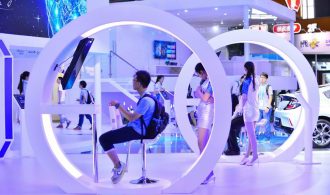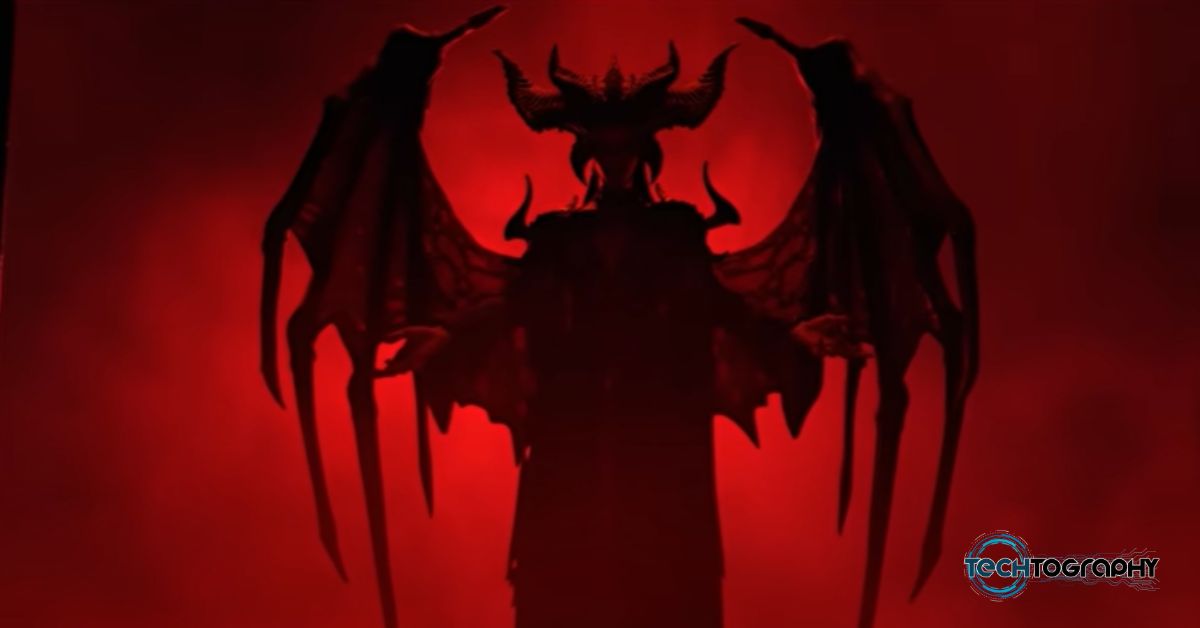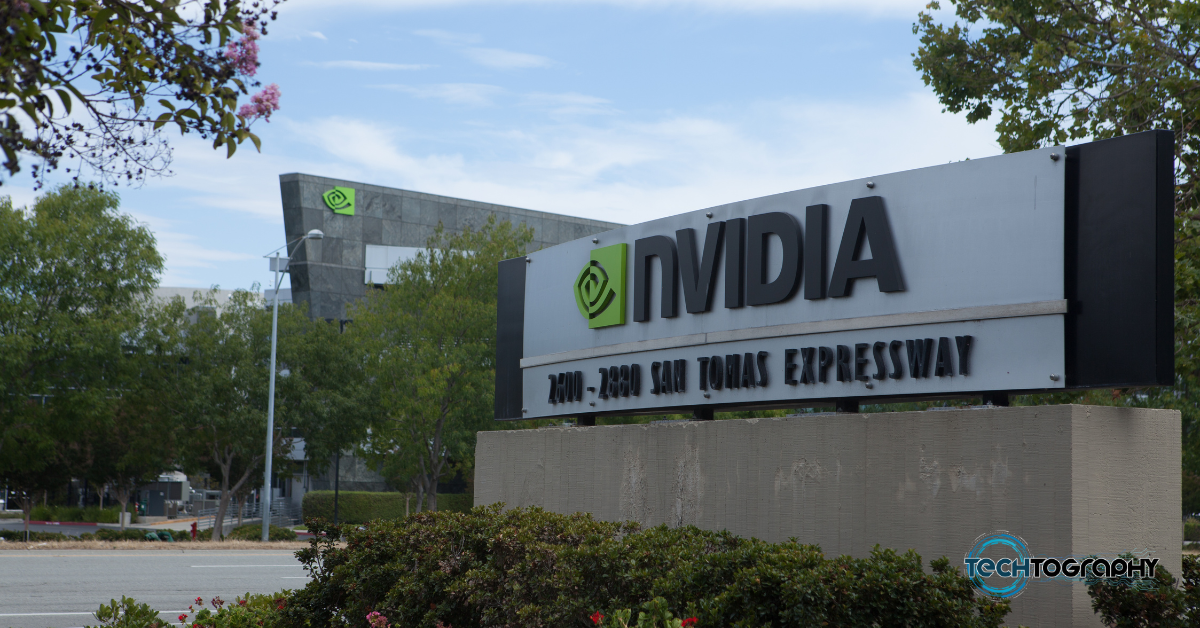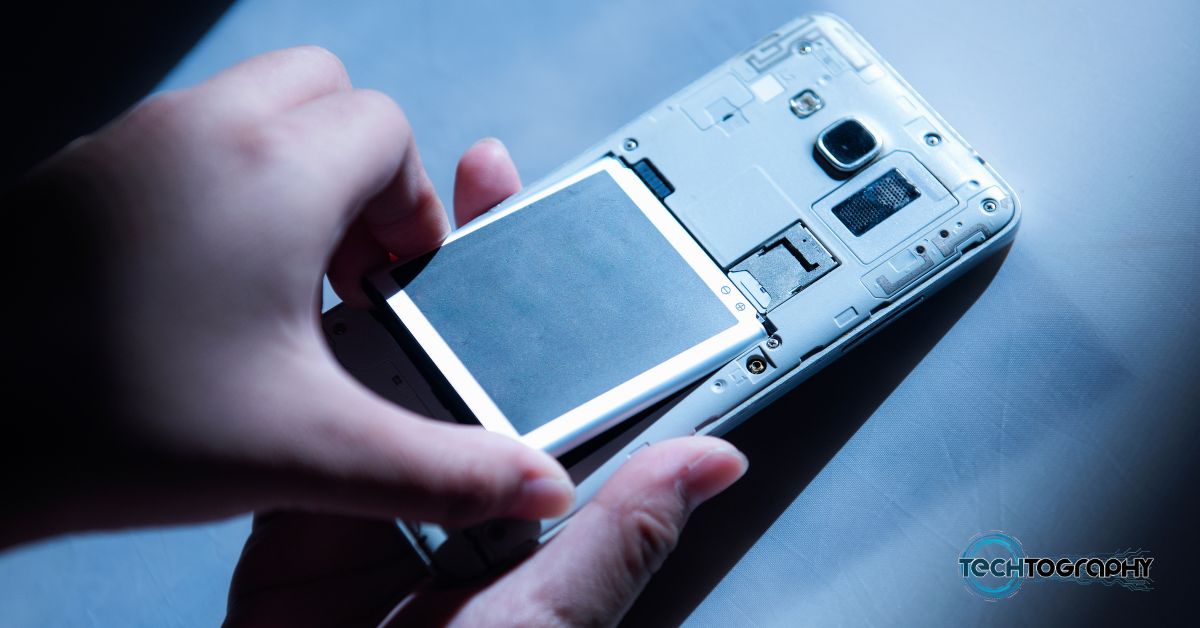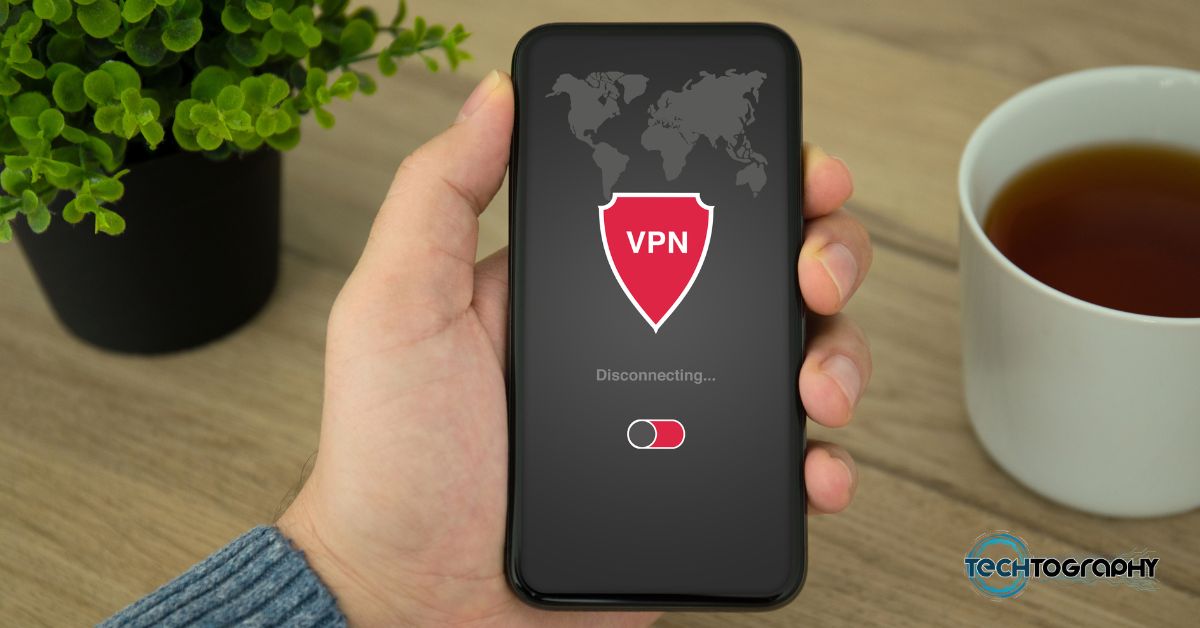The third annual CES Asia concluded today, surpassing last year’s show in attendance and exhibit space, reinforcing the event as the premier showcase for the consumer technology industry in the Eastern Hemisphere. Since its launch in 2015, CES Asia has doubled in size as more than 450 exhibiting companies from 22 countries, regions and territories exhibited across a show floor that covered a record 40,000 gross square meters, expanding from four exhibit halls in 2016 to five this year. CES Asia is owned and produced by the Consumer Technology Association (CTA)™ and co-produced by Shanghai Intex Exhibition Co., Ltd. (Shanghai Intex). CES Asia will return to Shanghai June 13-15, 2018.
“CES Asia 2017 rocked!” said Gary Shapiro, president and CEO, CTA. “It was a five senses experience with eye-popping stands full of innovative products, enticing sounds and immersive entertainment. It exuded excitement and optimism.
“CES Asia attracts market leaders from the entire tech ecosystem, from drones and fashion, to sports and cars, to VR and AR, to machine learning to connectivity and, of course, self-driving cars. The packed show floor was abuzz with ‘smarter everything’, reflecting an era where technology is changing our world for the better. If it was tech innovation in Asia, it was represented on the show floor and in our conference sessions here this week.”

The conference programming and exhibition floor demonstrated how connected technology is improving our world. The spirit of innovation was alive as the show floor teemed with energy from large global brands and startups alike, with more than 75 exhibitors from 10 countries at Startup Park, the home for startups at CES Asia. This year’s show also featured the broad range of industries disrupted and improved by technology – such as automotive and transportation, sports, fashion and travel. And the show spotlighted technology’s critical role in improving productivity and business services as several speakers and exhibitors showcased their latest business-to-business services and applications.
Industry heavyweights graced the keynote stage, including Baidu, Huawei, JD.com, Le Vision Pictures and Microsoft. While Mr. Wan Biao, COO, Consumer BG, Huawei took the opportunity to launch Huawei’s new range of MateBook laptops, Mr. Gu Weihao, GM, Baidu Intelligent Vehicle spoke about the company’s push for self-driving vehicles through the use of an open, complete and reliable software platform. Machine learning emerged as a key show theme, as Mr. Zhang Chen, CTO and Dr. Li Kefeng, VP, spoke about JD.com’s use of AI, smart devices, AR, VR and big data to create a more interconnected e-commerce buyer journey, from warehouse to home. Peter Han, VP, Partner Devices and Solutions and Rodney Clark, VP, IoT Device Experience, Microsoft also shared the possibilities of an IOT world. Finally, Adam Goodman, President, Le Vision Pictures and Zhang Zhao, Chairman and CEO, Le Vision Entertainment, Vice Chairman, Le Holdings expressed their commitment to provide seamless entertainment for viewers, investing in technology that merges devices and content.

Conference programming throughout three full days of the event included key executives such as Lixin Cheng, CEO of ZTE Mobile Devices, Leopold Beer, AP Regional President, Bosch Sensortec; David Shoemaker, CEO, NBA China; Sandy Diao, Director, Strategic Programs, Indiegogo; Billie Tan, VP, Business Development, Asia Pacific, UPS; and Paul Xu, VP, DJI and featured a wide range of key industry topics from logistics, self-driving vehicles, fashion technology, sports technology, VR and more.
For a complete list of conference sessions, please visit CESAsia.com.
Major product and news announcements made at CES Asia 2017 include:
- Acooo China’s OneCore Living Room Computer automatically syncs one’s mobile devices and apps, video game consoles and television;
- Beijing Xin Bo’s two tilt rotor fixed-wing unmanned aviation vehicles – VM44 and VT44, which are capable of flying at high speeds for long durations of time;
- BMW’s HoloActive Touch, part of BMW’s i Inside Future solution and a new dimension to how drivers can select and control vehicle functions, navigation, infotainment and communication;
- China Mobile’s three new cellular IoT communication modules, two of which are NarrowBand-IoT(NB-IoT) modules and the final, a 2G communications module. The new modules aim to speed up the commercial usage of NB-IoT in China;
- Harman’s Sonique, a voice solution that features a customizable, high-performance microphone and a suite of voice algorithms to accurately capture voice commands, even in high ambient noise environments;
- HiScene’s HiAR Glasses with an enhanced optical system, higher display resolution, improved battery life and an adjustable, one-size-fits-all headset, are to be mass-produced;
- Hisense’s N8700 ULED TV series, which touts a high value, premium, quality experience and would be launched in over 30 countries globally this year;
- Honda’s latest prototypes, ‘Honda NeuV’, an electric, automated car and ‘Honda Riding Assist’, a solution that helps motorcycles maintain balance and control;
- Hyundai Motor’s partnership with one of the largest Internet companies in China, Baidu, to provide Chinese drivers a wider range of connected car services, including connected navigation and voice-control technologies;
- Meo Limited’s Blue, an air quality monitor that allows governments and businesses to understand the origin of pollution and weather patterns affecting their city’s exposure to air pollutants;
- Morpex’s MU SpaceBot, a wooden interactive robot building kit for children aged 8 and above;
- NEVS‘ InMotion Concept, an integrated vehicle solution for sustainable city living, which will be used in Tianjin in late 2017, as part of NEVs’ sustainable mobility program
- Shadow Creators‘ Halo, AI goggles that support hand gesture recognition and spatial modeling;
- Shanghai Askat Information Technology‘s MyBot, a smart controller, which recognizes and responds to voice command for smart home appliances;
- Snugs‘ custom-fit earphones, the first of its kind to deploy 3D scanning and printing to ensure the best fit for each customer’s inner ear.
The final day of CES Asia also featured The Best of CES Asia Awards, presented by ZOL. The program focused on breakthrough products that further innovation and technology evolution. The products that took home the top spots include: PuZhou Byrd, Huawei MateBook X, iQIYI AiYu VR, Pudding ROOBO, Philips Fidelio B8, Fossil Q, DAZZEON Liquid, Keystone VR and IDEALENS M8K.
